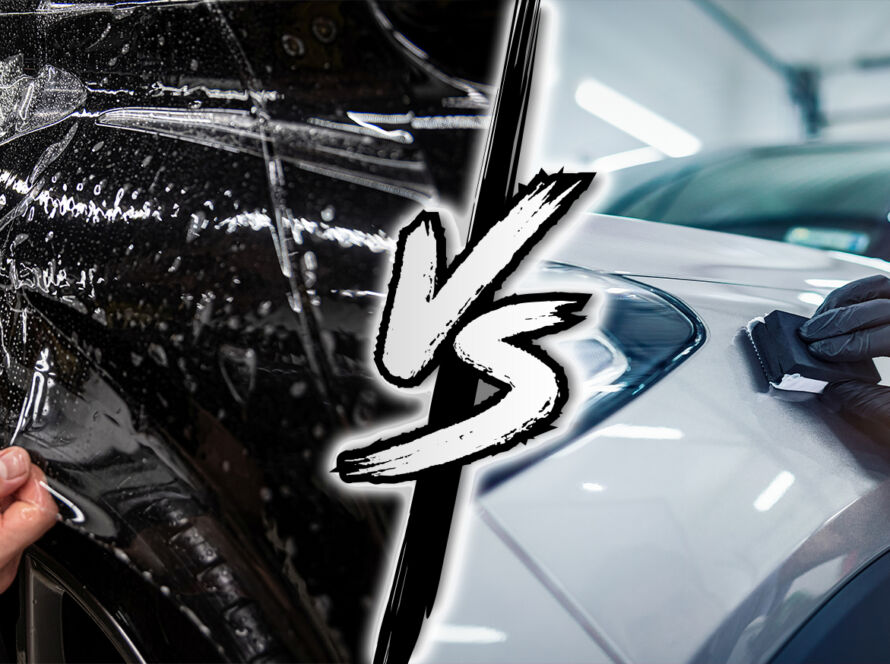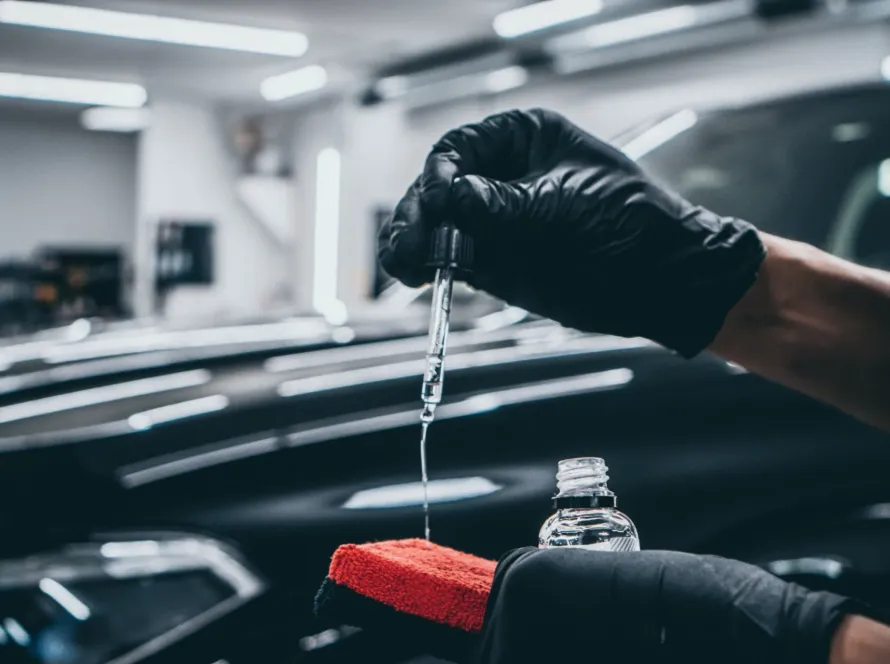Engine Bay Cleaning Guide | Step-by-Step
When most people think of auto detailing, they picture shiny paint and spotless interiors. But one of the most overlooked areas of a car is the engine bay. Regular engine bay cleaning not only improves appearance but also helps with vehicle maintenance, making inspections and servicing easier.
According to detailing professionals, a clean engine bay can even boost resale value, since buyers associate cleanliness with proper care. With the right process, you can safely detail your engine without causing damage.
Why Engine Bay Cleaning Matters
- Prevents Buildup: Grease, dirt, and debris can accumulate, leading to corrosion.
- Aids Inspections: A clean engine bay makes leaks and worn parts easier to spot.
- Improves Resale Value: Dealerships often consider a tidy engine as proof of good maintenance.
- Professional Appearance: Adds to the “showroom look” when detailing.
Step-by-Step Engine Bay Cleaning Guide
1. Preparation
- Park in a shaded area.
- Let the engine cool completely.
- Cover sensitive components like alternators and exposed wiring with plastic.
2. Dry Cleaning
- Use a brush or compressed air to remove loose debris and leaves.
3. Degreasing
- Spray a water-based degreaser on dirty areas.
- Avoid oversaturating electrical components.
4. Agitation
- Use detailing brushes to loosen grime.
- Work section by section.
5. Rinse (Light Mist)
- Rinse gently with low-pressure water or a damp microfiber towel.
- Never use high-pressure sprays directly on sensitive parts.
6. Drying
- Use microfiber towels and compressed air to remove moisture.
7. Dressing & Protection
- Apply plastic and rubber protectant to hoses and trim for a factory-new finish.
Safety Tips for Engine Bay Cleaning
- Never clean while the engine is hot.
- Avoid high-pressure water near sensitive electronics.
- Always use automotive-safe degreasers, not household cleaners.
- Work in a ventilated space.
Final Thoughts
A step-by-step engine bay cleaning routine keeps your car looking professional, aids in maintenance, and adds value when selling. With the right tools, products, and safety precautions, you can achieve a clean, factory-fresh look under the hood without risking damage.
Frequently Asked Questions (FAQ)
Is it safe to clean an engine bay?
Yes, when done with proper precautions like covering electrical parts and using low-pressure water.
How often should I clean my engine bay?
Every 6–12 months, or more often in dusty or harsh environments.
What’s the best degreaser for engine bays?
A water-based automotive degreaser is safest for plastics, rubber, and painted surfaces.
Can I use a pressure washer?
No. High-pressure water can damage wiring and sensors. Use a gentle mist instead.
Do I need to disconnect the battery?
Not always, but it’s recommended for extra safety during deep cleaning.
Will cleaning my engine improve performance?
Not directly, but it helps spot leaks, wear, and issues earlier.
Can I clean the engine bay myself?
Yes. With basic supplies and care, DIY engine bay cleaning is safe and effective.
Does engine bay cleaning help resale value?
Yes. A clean engine bay can increase buyer confidence and perceived value.
How long does it take to clean an engine bay?
Usually 30–60 minutes depending on dirt buildup.
What should I avoid when cleaning an engine bay?
Avoid harsh chemicals, high-pressure water, and cleaning while the engine is hot.




